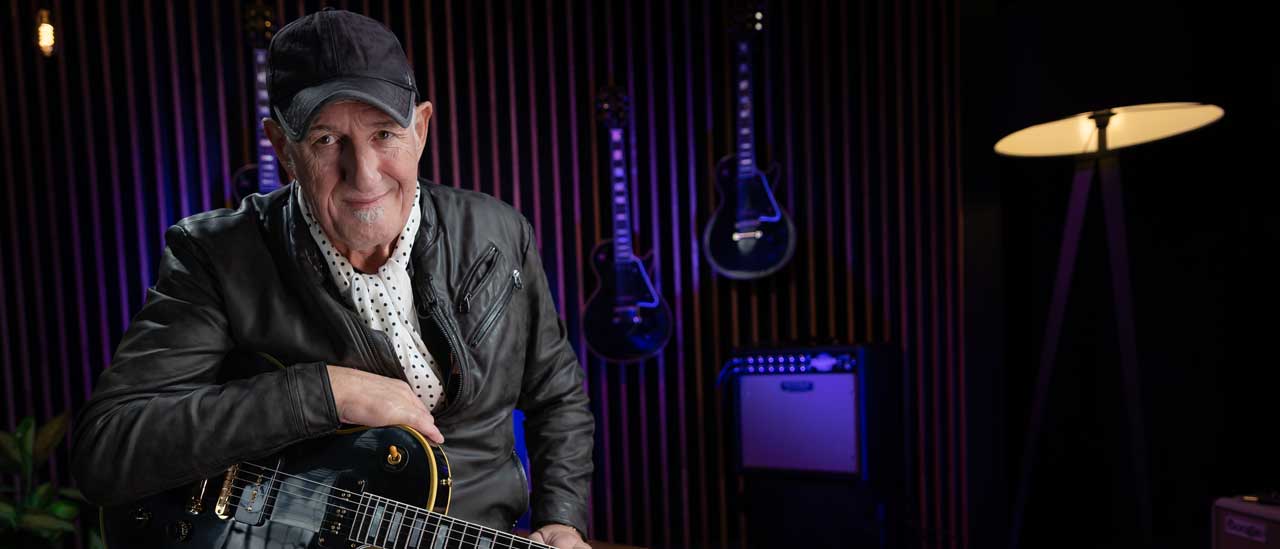
There’s a growing number of music streaming services that now offer the option of higher resolution (aka hi-res) audio. Apple Music, Tidal, Deezer, Qobuz and Amazon Music HD all tempt with better-then-bog standard lossless audio streams, some exclusively, others as part of a step-up subscription tier.
With an increase in audio quality, you can expect to pay a bit more than your usual monthly fee, which begs the question: Is lossless audio streaming worth it?
The short answer is a definite yes if you can afford it. The long answer is a little more convoluted. If you love your music and getting the most out of your favourite artists, then stick around as we dig a little deeper.
It’s probably worth pointing out that Spotify, one of the most popular streaming services out there currently don't offer higher-quality streaming. Spotify continues to stick to a maximum quality of 320 kbps, but with more and more streaming services getting onboard the hi-res streaming train, we hope this will change in the future.
The first step on the path to audio nirvana is deciding on a music service. We’ve listened to them all and listed them in our guide to the best music streaming services. And if you want to squeeze the most out of your music, then selecting one of the best phones for music, the best headphones or best in-ear headphones will help you on your way.
Smartphones and Bluetooth explained
All smartphones will stream music, that’s a given. But not all make the most of what’s available. Check the spec, as your mobile device will dictate the quality of audio you can listen to, maybe in ways you don’t realise.
These days, the majority of smartphones lack a 3.5mm cable jack, so most of us have migrated to wireless Bluetooth streaming. Bluetooth is a mixed bag, it can sound iffy, but it can equally sound great. Here’s why.
The latest news, features and interviews direct to your inbox, from the global home of alternative music.
First gen Bluetooth was low-fi. It streamed at just 328kb/s, employing fairly crude SBC compression to deliver your rock‘n’roll fix.
When we got Bluetooth aptX, things took a significant step forward. Bluetooth aptX uses clever compression to achieve CD-like 16-bit/44.1kHz audio. It’s not hi-res, but it’s getting there. Bluetooth aptX was duly followed by aptX HD (aka aptX lossless), which genuinely handles 24-bit/48kHz resolution audio.
The most recent iteration of aptX is aptX Adaptive, which combines aptX HD and aptX low latency, and is less prone to dropout. It’s not yet that common, and doesn’t warrant particular interest.
Remember, aptX HD is fully backwards compatible with regular aptX and classic Bluetooth.
A wide range of smartphones support Bluetooth aptX, and in some cases aptX HD, including LG V60 ThinQ, Google Pixel 3a, Huawei P30 Pro, OnePlus 8, Sony Xperia Z1 and Xiaomi Mi 9. The obvious exception to all this are the Apple iPhone, which don’t support the aptX codec.
No aptX? Get a DAP

If your smartphone doesn’t support aptX or aptX HD, but you don’t want to replace your handset, consider investing in a dedicated DAP (Digital Audio Player). Models like the Astell & Kern A&norma SR25 come with full Bluetooth codec support, and take the strain of streaming music from your mobile, because they’re designed to do one job really, really well. DAPs support the highest resolution music files, which can be stored on their hard drive. Good news if you like to buy downloads.
Remember, to realise the higher fidelity benefits of aptX and aptX HD, the Bluetooth output of the streaming device (your phone) needs to match the Bluetooth receiver in your headphones or home Hi-Fi.
Best headphones for hi-res audio
Thankfully aptX Bluetooth headphones are everywhere, with prices starting well below $100/£100, and an increasing number of higher end models are now also aptX HD enabled. Some of our favourites include Bowers & Wilkins PX 7, AKG N60, Marshall Mid A.N.C, Lindy BNX-60, Sennheiser HD 450BT and Sony WH-1000XM3.
With a high-res music streaming service subscription taken out, a decent smartphone or DAP in your pocket and a great pair of headphones, you can consider yourself hi-res audio upgraded. So what does that actually mean and will your music sound better? Let’s talk bit-buckets.
Hi-res audio standards explained
When it comes to online streaming, high-res comes in different flavours, and if you want to dive down the rabbit hole there’s no shortage of jargon to chew on. We don’t want to go down any such holes.
Simply put, high-resolution audio is 24-bit with variable sampling rates. When it comes to streaming from your smartphone, the best you can expect is 24-bits at 96kHz. By way of context, CD audio streams from that silver disc in 16-bit 44.1kHz. The more bits per audio sample the better, because that translates to greater clarity.
Neil Young was an early advocate of high resolution audio. When Amazon rolled out its hi-res audio service, he was prompted to declare: “This will be the biggest thing to happen in music since the introduction of digital audio 40 years ago.”
Amazon Music HD has now been joined by the likes of Qobuz, Apple Music and Tidal in delivering hi-res audio, with Apple Music diving into Spacial Audio and Tidal offering 360-degree audio wonders.
If your home hi-fi doesn’t have wireless compatibility, invest in an Amazon Echo Wi-Fi Dot and plug it in. Problem solved.
Verdict
If your headphones are old/crap/cheap/knackered, then no, save your money. Maybe put it in a piggy bank until you can buy some decent earphones. As it is, you really won’t benefit.
However if you have, or plan to invest in a hi-res audio capable headset, then yes, it probably is worth the premium. Sure, when you’re fighting ambient noise on your commute, those extra bits might not be so easy to appreciate, but in calmer spaces, you’ll find yourself more absorbed in your tunes. And you’ll definitely hear the difference on your home hi-fi.
Related guides
- Best music streaming services: How do they compare?
- Spotify review: We examine the popular streaming service
- Tidal review: Music streaming with a difference
- Spotify vs Tidal: Which music service is best for you?
- Apple Music vs Amazon Music Unlimited: We put them head to head
- Apple Music review: Can Apple take a bite out of the competition?
Steve is a home entertainment technology specialist who contributes to a variety of UK websites and mags, including Louder Sound, Yahoo UK, Trusted Reviews, T3, The Luxe Review and Home Cinema Choice. Steve began his career as a music journo, writing for legendary rock weekly Sounds, under the nom de plume Steve Keaton. His coverage of post punk music was cited in the 2015 British Library exhibition Terror and Wonder: The Gothic Imagination, as a seminal influence on the Goth music scene.

